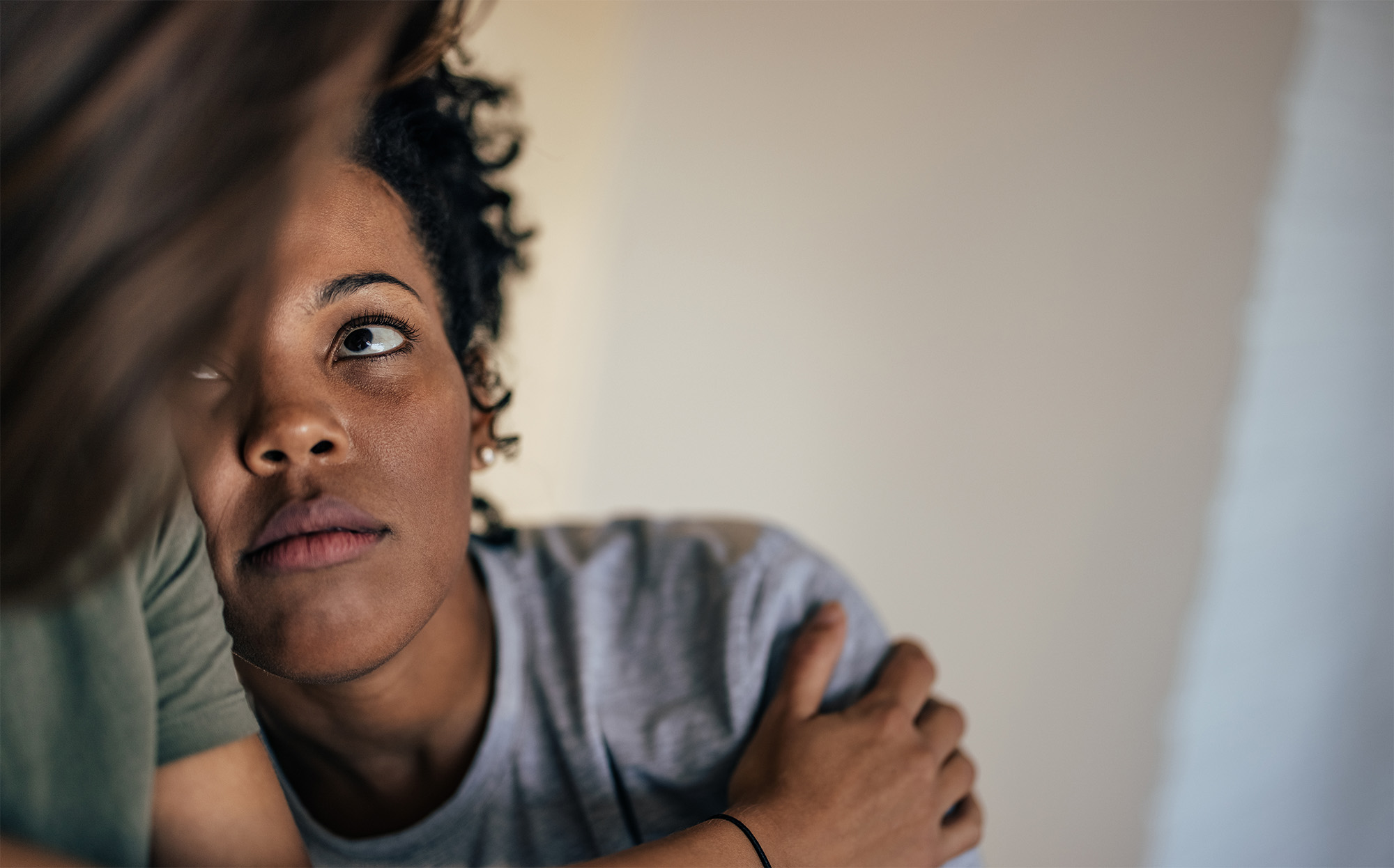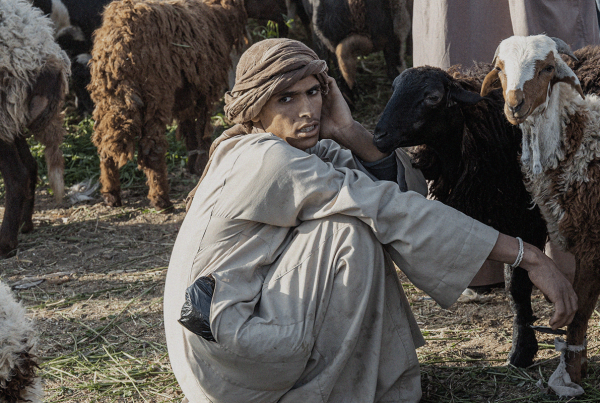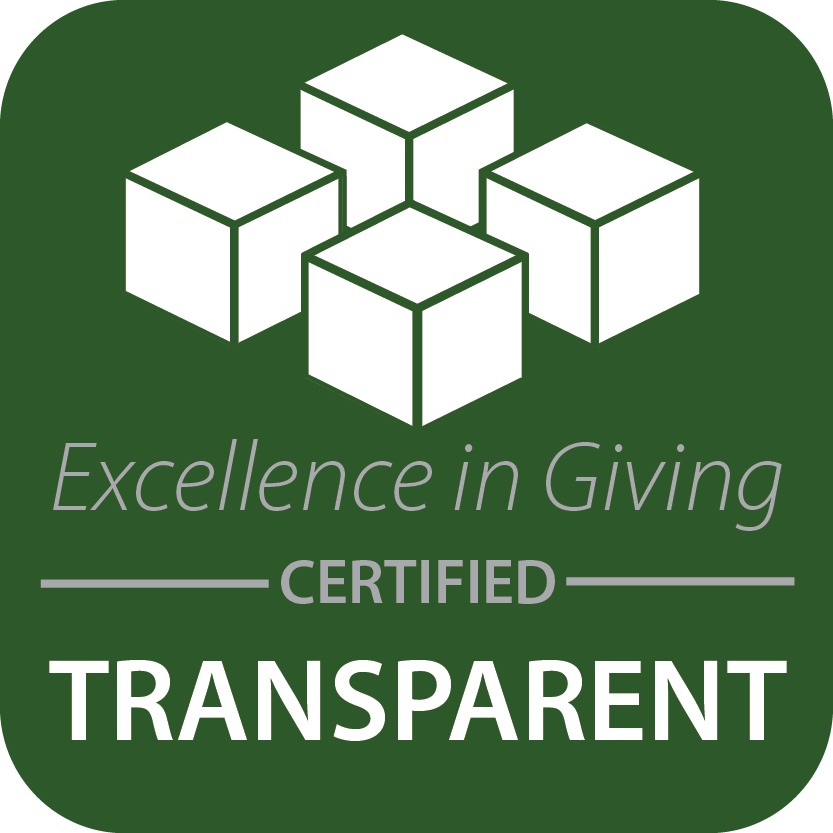Human trafficking has been identified in all 50 U.S. states and around the world. The majority of the time, trafficking isn’t being carried out by strangers or wanted criminals kidnapping individuals — that’s only the case approximately 10% of the time. It’s happening at the hands of people in our communities that we know and interact with daily. And in as many as half of trafficking cases involving children, it’s perpetrated by family members.
What is familial trafficking?
According to the U.S. State Department, familial trafficking is “when a family member or guardian is the victim’s trafficker or the one who sells the child to a third-party trafficker.”
Familial sex trafficking, specifically, involves traffickers (who sell victims for profit) giving offenders sexual access to victims or pornography in exchange for drugs, money, or something else of value (Familial Sex Trafficking of Minors by Sprang, Ginny, and Jennifer Cole). Kids are the prime targets of this heinous crime, and the perpetrators are often right in front of us — hiding in plain sight.
How is it different from child sexual abuse?
Familial trafficking has a commercial element to it. A child trapped in a trafficking situation could experience repeated, frequent, and ongoing abuse — from which the trafficker will profit.
Of course, there’s some overlap. Child sex trafficking is always abuse, but not all child sexual abuse is trafficking. A child trafficking charge carries a more severe sentence for perpetrators, so it’s imperative that it’s properly identified.
Who are the victims of familial trafficking?
Although accurate data is hard to pin down due to the hidden nature of this crime, the Global Slavery Index reports that 1,744 cases of child sex trafficking were reported between 2019 and 2020. Given that most cases go unreported, this is likely only a fraction of the true number of children being exploited in this way.
The average age that minors enter sexual exploitation is between 11 – 14. That average includes survivors of familial trafficking. However, we know that because of the level of access that a family member has, many children in familial trafficking specifically are victimized as early as infancy.
Often, familial trafficking occurs in homes where there are additional forms of abuse and neglect. Victims of this crime can be especially invisible because they may be continuing to attend school, church, or other activities, even while being trafficked at home. They come from every region, every ethnic background, and every socioeconomic class.
They are American children. They’re in your schools. They go to your churches. If you’re a medical doctor, they come to your clinics. – Kelly Dore
Difficulty self-identifying as a victim
According to the National Sexual Violence Resource Center, one in four girls and one in six boys in the United States will be sexually abused before turning 18. Yet only 12% of child sexual abuse is reported to authorities.
Many victims don’t identify as victims or come forward to speak out about what’s being done to them. They may fear the police or humiliation, feel guilt and shame about what they’ve experienced, or falsely believe what’s happening to them is their fault. Often, children do not even realize that what they’re experiencing is abusive or illegal.
In order to maintain control, traffickers often threaten the lives or safety of victims. They also train children to avoid discussing their trafficking experiences with anyone. Victims are often fed lies and manipulated to keep quiet: if you tell the police, you’ll be arrested and thrown in jail. Abuse happens to everyone, especially girls; your friends just don’t talk about it. This is happening to you because you deserve it. You’re worthless and no one else cares about you.
At a young age, I looked the devil in the eye many, many times. I knew—if I disobeyed my trafficker—exactly what would happen to me. I knew the abuse. I knew how awful it would be. The scariest thing to me as a child was to come out and talk to all of you…to talk to a teacher, to talk to law enforcement. Because what I didn’t know was how the rest of the world would react.
–Kelly Dore
Who are the perpetrators of familial trafficking?
Perpetrators often don’t look like criminals; in fact, they can even be highly involved members of the community. Elijah Rising explains that familial traffickers are intentional about building relationships within their communities. They often hold positions of authority, are friendly and extroverted, strive to hold positions of power, and want to be well-loved. They might be pastors, teachers, coaches, or otherwise hold positions of power in communities.
Traffickers
In a Journal of Family Violence study sample, in which all traffickers involved were family members, nearly 65% of the traffickers were the mother of the victim, and 32% were the victim’s father. Almost 60% of familial trafficking victims have ongoing contact with their trafficker, making it exceedingly difficult for children and youth to remove themselves from harmful situations and protect themselves—both physically and psychologically.
Traffickers who victimize their family members or those close to them take advantage of existing power dynamics. They seek extensive control over their victims’ lives. They know their victims well and understand exactly what makes them vulnerable. This position allows them to manipulate and groom their victims to do exactly as they’re told.
Perpetrators may also trade the child they are abusing for more than just money. Some use the abuse to acquire drugs.
Offenders/buyers
Although statistics about buyers of familial trafficking victims are difficult to reliably document, we can learn from what the average perpetrator of sexual abuse looks like. 60% of perpetrators of child sexual abuse in general are known to the victim but aren’t family, 30% are family members, and 10% are strangers. About 77% are adults, and 96% are male.
“Johns,” or buyers of sexual services, is a more diverse group of men (and a smaller population of women) than most people realize. People who buy sex can be found in any age, race, orientation, and income bracket. According to this Human Organization study from 2008, there may be a slight skew towards older populations (over age 40) and higher income brackets for those who repeatedly purchase sexual services.
Demand Abolition found the same, saying, “Race and sexual orientation have almost no profiling power. Buyers are found across the income distribution with one important exception: currently active high-frequency buyers are much more likely than other men to make $100,000 or more annually.”
Although there is not much specific data about those who might abuse children through buying sex, the data we do have would indicate that these offenders defy stereotypes. They are businessmen and women, clergy, community leaders, parents, and family friends.
How can I help the children around me?
One thing every one of us can do is trust our gut. If something feels off or wrong, or if a child shows any signs of sex trafficking, take a closer look. Teachers and school personnel are the most likely group to come into regular contact with victims of familial trafficking—but are by no means the only ones.
Know Who to Call
If you suspect a child you know is being trafficked by a family member or anyone else, file a report with local law enforcement or contact the Human Trafficking Hotline. Do not contact the family, and never attempt to confront a suspected trafficker or rescue a victim yourself; you could make a situation much worse for the child and put yourself in serious danger.
- If the situation is urgent, call 911.
- Report suspected trafficking crimes to the National Human Trafficking Hotline or the Department of Homeland Security.
- Report sexually abused or exploited minors to the National Center for Missing and Exploited Children.
Be a safe place for vulnerable kids
Some of the most likely children to be exploited are those who are already suffering: those who have run away from home, are in the foster system, struggle with mental illness or addiction, live in poverty, are LGBTQ+, or have experienced other kinds of abuse.
Always be kind to any child who has suffered abuse or marginalization in your community. Listen. Build trust. Reassure kids that there are trusted authorities in the community who will help them if they need it. Be consistent and stable, so a child knows you’re there if they need you. Continue to remind them how much they matter.
No matter the source of hardship, the single most common factor for children who end up doing well is having the support of at least one stable and committed relationship with a parent, caregiver, or other adult. These relationships are the active ingredient in building resilience: they provide the personalized responsiveness, scaffolding, and protection that can buffer children from developmental disruption.
If each one of us does what we can to stop this crime when we see it, together, we will create a safer world for our children.
Join the TraffickWatch Community and Access the Course
Provide your email below, and we’ll email you access to our free online course on human trafficking. We’ll also occasionally email you educational resources and ways to get involved in fighting human trafficking.








One Comment